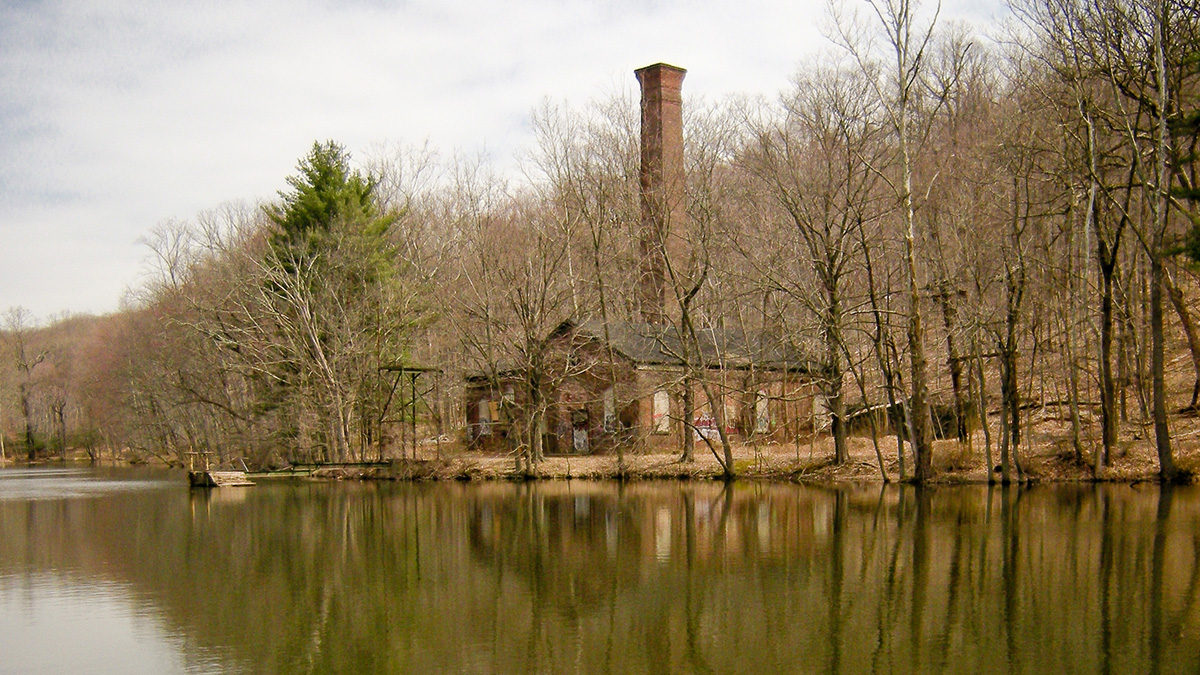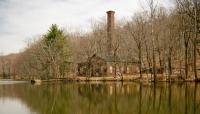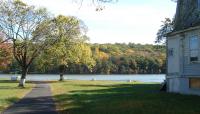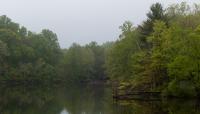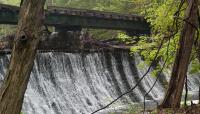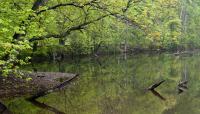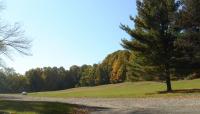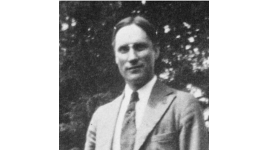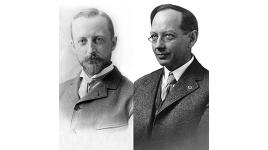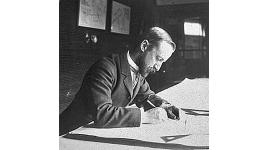Landscape Information
This area of woodland slopes and stream valleys between First and Second Mountains of the Wachtung range was historically and culturally significant—associated with the Indigenous Lenape peoples, Continental army outposts during the American Revolution, and essential early industries. It was also significant for its geological, ecological, horticultural, and hydrological resources (the Rahway River flows through the reservation, creating a dramatic waterfall at Hemlock Falls). As soon as Olmsted Brothers was hired by the Essex County Park Commission in 1898, John Charles Olmsted with Percival Gallagher explored this diverse terrain, advising the commission on tracts to purchase. Ultimately covering more than 2,000 acres, the reservation spans several townships and multiple jurisdictions.
Over the next decade, most of the parcels were accumulated, generating efforts by Olmsted Brothers to erase the scars of previous farming, overgrazing, and timbering, and to judiciously thin the woodlands. The next step in this process, which John Charles Olmsted referred to as “aesthetic forestry,” was to “assist nature” by carefully replanting for healthy forested areas, and underplanting the upper canopy with appropriate native flowering trees, shrubs, and herbaceous materials. Specialized areas of the reservation were given distinctive names, both as a means of wayfinding and as descriptive of the enhanced character. Swamps were cleared for mosquito control, vistas revealed, connecting roads and their entrances developed, and playgrounds and camping grounds added. User amenities of trails, roads, paths, shelters, picnic groves, and overlooks were carefully graded and unobtrusively located, to highlight the diverse scenic opportunities.
Construction, forestry work, and even land acquisitions continued well into the 1920s, managed by Gallagher and James Dawson, with Hans Koehler evaluating plantings. In the post–WWII years, attitudes toward an extensive reservation changed and new activities were introduced into the park. The Codey Skating Arena opened in 1958, followed by the Turtle Back Zoo in 1963, miniature golf, a restaurant, and other features, creating an ever-expanding recreation complex. With this emphasis on active recreation, the core purpose for setting aside this unique landscape has been diminished, and less attention and funding have been dedicated to the renewal and management of the park’s remarkable woodland resources.




